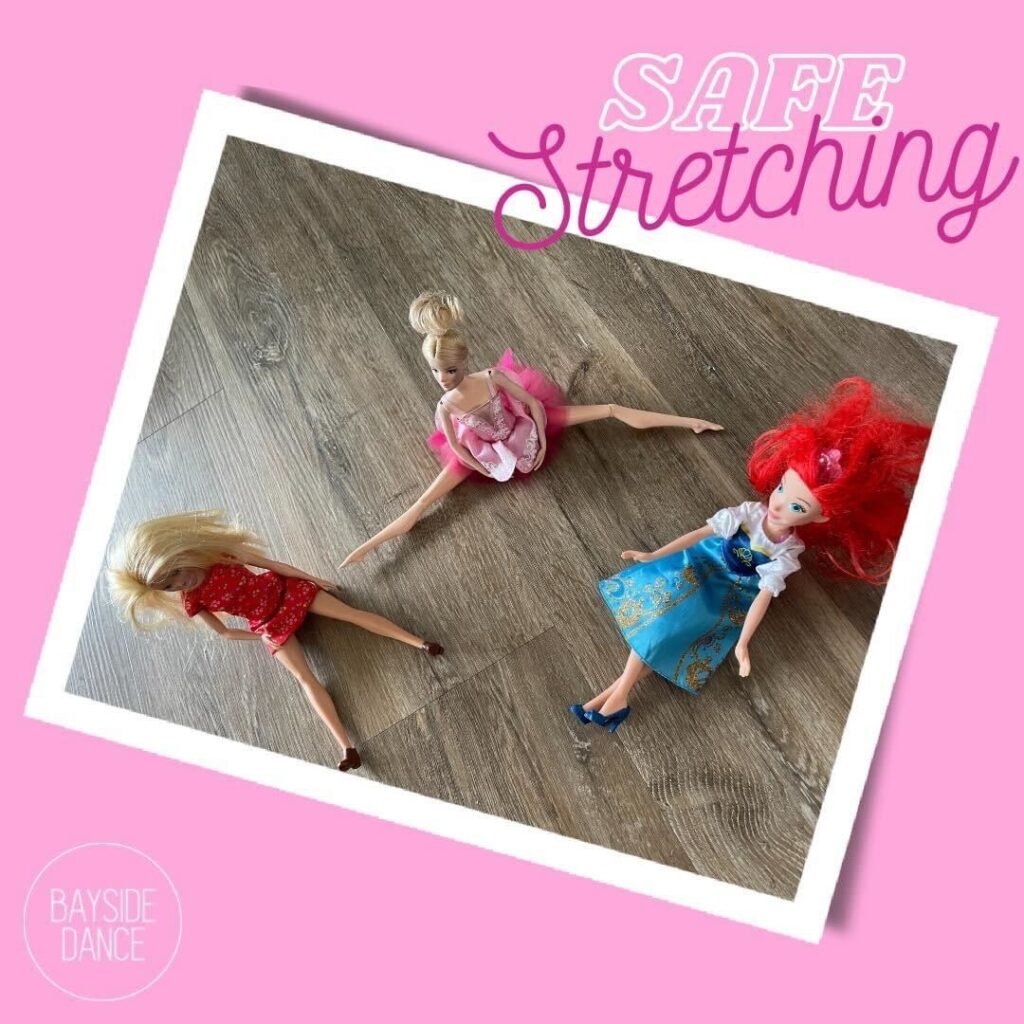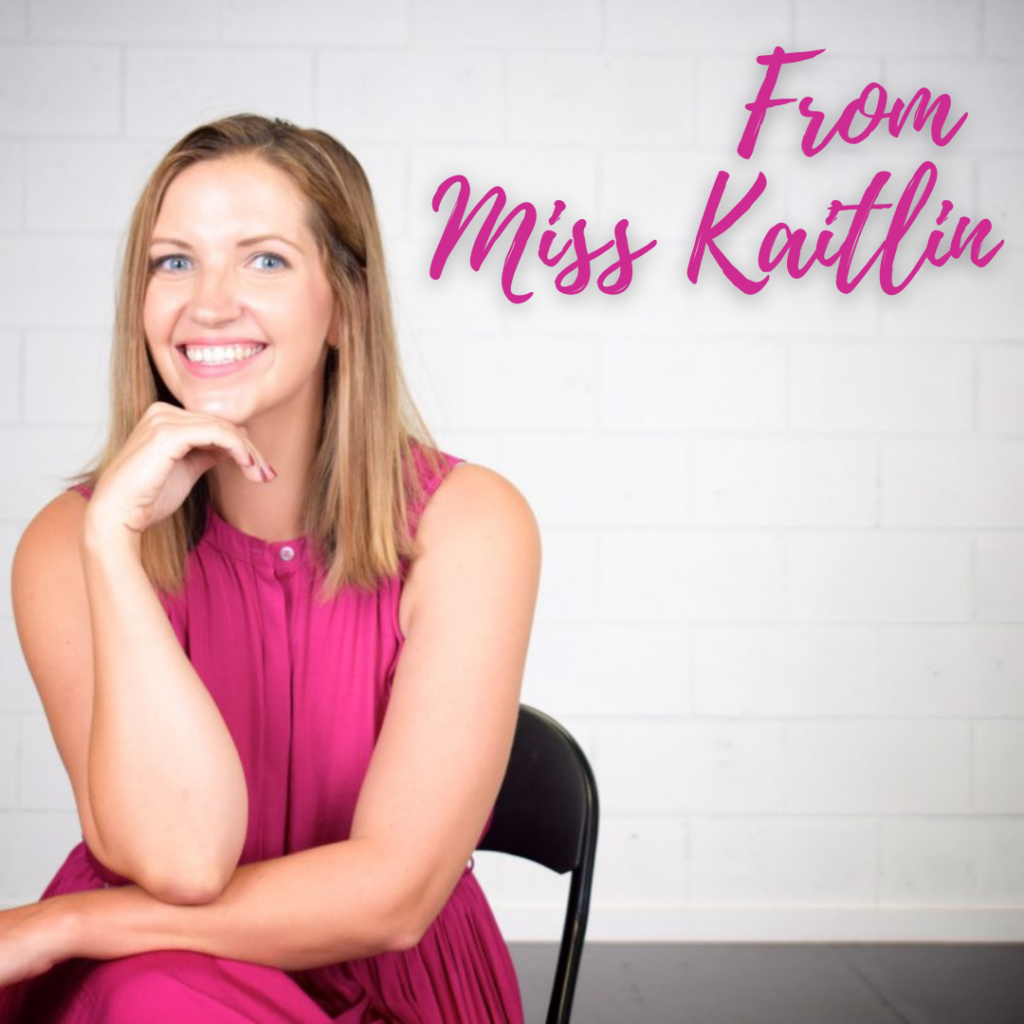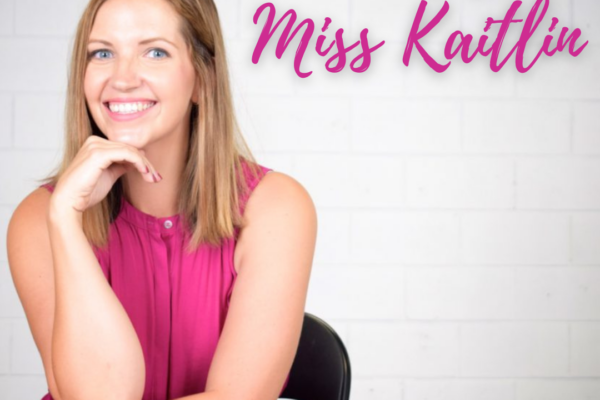Safe Stretching
No two bodies are exactly alike. We all come to dance training bringing a host of differences in our bodies. These might be genetic, such as our morphology (body type) and bone structure, or they could be movement patterns from prior training or cross training, or even previous injuries.
Different bodies require different strategies to achieve our dance goals. That’s why you don’t see us posting thousands of pictures of students in unsafe stretches or positions like over splits. While these extreme positions might be ok for SOME bodies, they might not be ok for others – and that’s ok! (And just because you CAN bend your leg behind your head doesn’t necessarily mean you SHOULD either!).
It is sadly becoming almost commonplace for teachers without a solid understanding of anatomy and who don’t even know their students prior history to ask for dancers to push themselves far beyond the limits of normal human mobility. It baffles me that young dancers are being pressured to move in such a way from a young age, and I have heard many horror stories of barely teenage dancers being treated for stress fractures in their spines because of continuously pushing into extreme ranges of motion before their young bodies are capable. Often focus on these “tricks” takes up time that should be spent on foundational skills like solid footwork, musicality and performance skills.
What is even more baffling is that as a professional dancer, you’re actually pretty unlikely to use these “tricks”. My good friend, Mark Hill (who starred in Mary Poppins, West Side Story and more), famously says the most he’s ever asked to do in a show is a high kick or a double turn. Miss Kate tells the story of how she could never do the splits yet danced for over 10 years professionally, while I myself pushed into extreme range as a teenager and am looking at a partial hip replacement at 36!
Testing dancers’ flexibility and for hyper-mobility forms part of our pre-pointe and pointe assessments to help students become aware of their individual strengths and challenges, assisting them on the road to becoming the best dancer they can be! Just like these Barbies, we’re all different and that’s what makes us unique and amazing human beings and dancers.
Miss Kaitlin
| 6 October 2023 |




